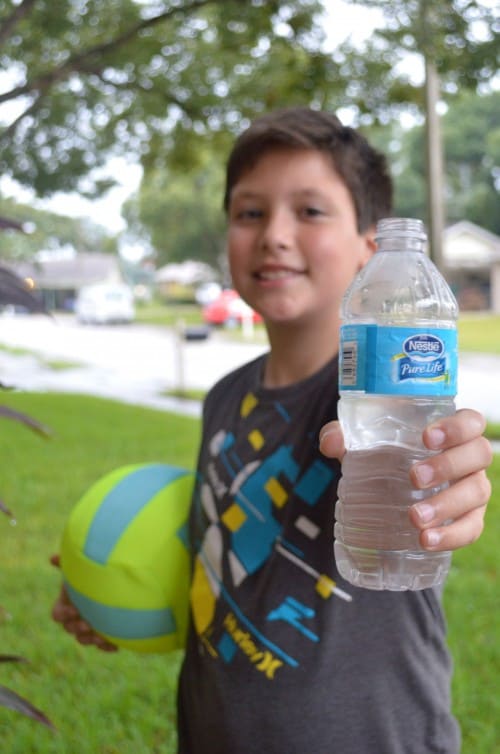- Power/ability: Influence people’s mindsets and behavior in an eco-friendly direction!
- Name: The Green Crusader
- Motto: “For the good of us all.”
- Outfit: Dark green suit, sunglasses

- Appearance: Looks like a normal person when not in superhero garb, small scale permaculture farmer in Vermont like Ben Falk

- Transportation: Natural flight (most eco-friendly) –> think superman
- Weakness: His “kryptonite” is pollution
- Side kicks: The planet
- Villain: Consumerism, commercialization, wasteful human behaviors
- Species/Backstory: Appears to be human, but comes from a planet that was transformed into an arid wasteland as a result of overconsumption and unsustainable practices. He now travels the universe finding planets in danger of facing the same fate and does his best to deter their impeding destruction.
Sources:
http://media-cache-ec0.pinimg.com/736x/55/04/1a/55041a579dce9bd856634222b6de40ac.jpg
http://static.srcdn.com/wp-content/uploads/Men-in-Black-3-poster-excerpt.jpg
http://cdn.xl.thumbs.canstockphoto.com/canstock4981420.jpg






